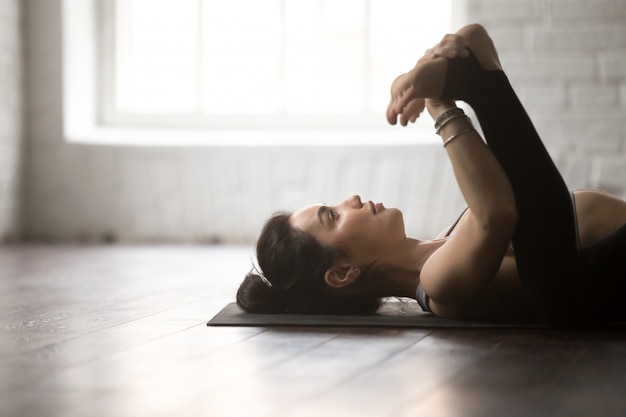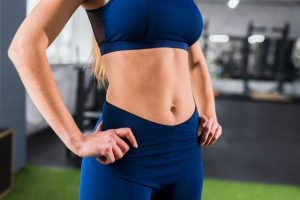
A yoga body isn’t just about flexible limbs; yoga can significantly enhance memory, heart, and bone health, says Anna Magee.
Brits are now deeply into yoga, spending a whopping £790 million annually on classes and mats. While some yoga practices are becoming quirky with rage or naked yoga and even poses on paddleboards or horseback, science is increasingly backing yoga’s genuine benefits.
Researchers at UCLA found that a three-month yoga and meditation course was more effective than memory exercises in reducing age-related brain impairments. Another study showed it improved sleep for breast cancer survivors.
Lucy Edge, a former advertising executive, turned to yoga instead of her prescribed antidepressants during a severe depression. She took a six-month career break to practice yoga in India. Although she didn’t achieve the stereotypical ‘yoga body,’ she returned feeling happy and content, leading her to author three books on the subject. She even founded Yoga Meds, compiling over 300 studies on yoga’s benefits for conditions ranging from arthritis to obesity.
UCLA’s research suggests that yoga could benefit memory more effectively than traditional exercises like crosswords or Sudoku. In their study, 25 adults over 55 who practiced yoga and meditation had better spatial and visual memory improvements, reduced depression and anxiety, and greater stress resilience.
For beginners, one hour of Kundalini yoga a week is recommended. This gentle form includes breathing techniques and some chanting. Participants in the study also did 20 minutes daily of Kirtan Kriya, involving chanting, hand movements, and light visualization.
Yoga can also be incredibly effective for heart health. A 2014 review published in the European Journal of Preventative Cardiology showed yoga might reduce heart disease risk similar to more vigorous exercises like brisk walking. Stress reduction, a key aspect of yoga, positively impacts heart health by lowering stress hormones, blood pressure, and heart rate.
Charlotte Watts, a yoga teacher and author, proposed a series of gentle poses beneficial for beginners in her book, “The De-Stress Effect.” Anna Ashby from Triyoga Studios recommends Restorative yoga, where postures are supported by bolsters and cushions, held for up to 12 minutes for significant stress reduction.
Yoga has profound benefits for back pain and overall musculoskeletal health. Sarah Shone, a musculoskeletal physiotherapist, developed yoga classes integrated into rehab programs for back pain, showing a substantial 87 percent reduction in participants’ pain. NICE guidelines also list yoga as beneficial for lower back pain. Yoga enhances bone density because it’s a weight-bearing exercise targeting various muscles, including the pelvic floor, helping in preventing incontinence.
For those new to yoga, it’s wise to discuss any health conditions with the instructor and perhaps start with gentler styles like Hatha or Iyengar yoga instead of more intense versions. For specific conditions like back pain, check with a doctor to see if you’re eligible for subsidized classes through exercise referral schemes.
When choosing yoga props, consider your mat’s location, weight, and thickness. A good mat should be durable if on display and easy to transport if carried daily. Taller individuals might need longer mats, and a thicker mat is beneficial for those with joint pain.
One recommended mat is the Elephant Cork Yoga Mat from Valka Yoga, which is eco-friendly and provides cushioning and comfort due to its natural rubber base. Cork mats have the advantage of becoming grippier when wet and are naturally antimicrobial.
Valka Yoga also offers a matching cork yoga block, which is beneficial for stability and grip during challenging poses. For different yoga preferences:
– For restful practices, try Yin or Restorative yoga.
– For a dynamic experience, try Vinyasa Flow.
– For precision, Iyengar yoga is great.
– For a blend of alignment and music, Anusara yoga might be your style.
– For specific healing, Yoga Therapy is helpful.
Overall, whether new to yoga or experienced, investing in the right gear and choosing the appropriate style can make your practice both enjoyable and beneficial for your health.




